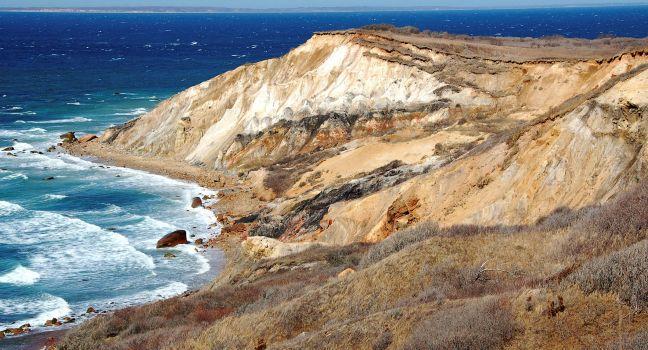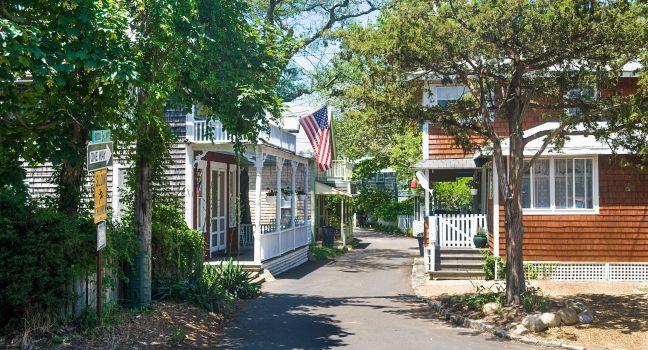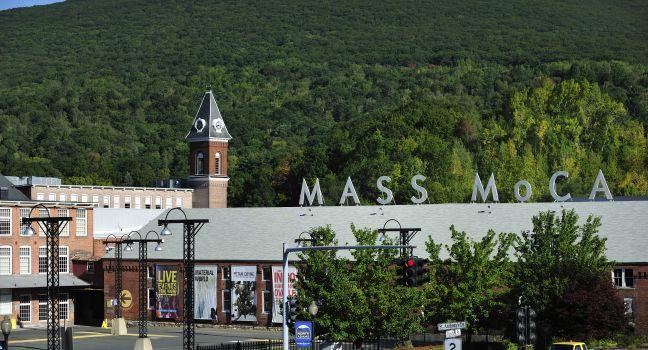Two misunderstandings surround this famous monument. First, the Battle of Bunker Hill was actually fought on Breed's Hill, which is where the monument sits today. (The real Bunker Hill is about ½ mile to the north of the monument.) In truth, Bunker was the originally planned locale for the battle, and for that reason its name stuck. Second, although the battle is generally considered a Colonial success, the Americans lost. It was a Pyrrhic victory for the British Redcoats, who sacrificed nearly half of their 2,200 men; American casualties numbered 400 to 600. One thing is true: the Battle of Bunker Hill put the British on notice that they were up against a formidable opponent. According to history books, this is also the location of the famous war cry, "Don't fire until you see the whites of their eyes," uttered by American colonel William Prescott or General Israel Putnam (there's still debate on who gave the actual command). This was a shout out to an 18th-century Prussian warning to soldiers that lack of ammunition and notorious musket inaccuracy meant every shot needed to count. The Americans did employ a deadly delayed-action strategy on June 17, 1775, and conclusively proved themselves capable of defeating the forces of the British Empire.
Among the dead were the brilliant young American doctor and political activist Joseph Warren, recently commissioned as a major general but fighting as a private, and the British major John Pitcairn, who two months prior had led the Redcoats into Lexington. Pitcairn is believed to be buried in the crypt of Old North Church.
In 1823 the committee formed to construct a monument on the site of the battle chose the form of an Egyptian obelisk. Architect Solomon Willard designed a 221-foot-tall granite obelisk, a tremendous feat of engineering for its day. The Marquis de Lafayette laid the cornerstone of the monument in 1825, but because of a lack of funds, it wasn't dedicated until 1843. Daniel Webster's stirring words at the ceremony commemorating the laying of its cornerstone have gone down in history: "Let it rise! Let it rise, till it meets the sun in his coming. Let the earliest light of the morning gild it, and parting day linger and play upon its summit."
The monument's zenith is reached by a flight of 294 tightly spiraled steps, a space that's unfortunately still undergoing renovation and is closed to climbers. With an opening day on the horizon, take note: there's no elevator, but the views from the observatory are worth the effort of the arduous climb. Due to high numbers, all visitors who wish to climb must first obtain a pass from the Bunker Hill Museum at 43 Monument Square. Climbing passes are free, but limited in number and can be either reserved up to two weeks in advance or on a first-come, first-served basis. The museum's artifacts and exhibits tell the story of the battle, while a detailed diorama shows the action in miniature. This is Freedom Trail stop 16.






